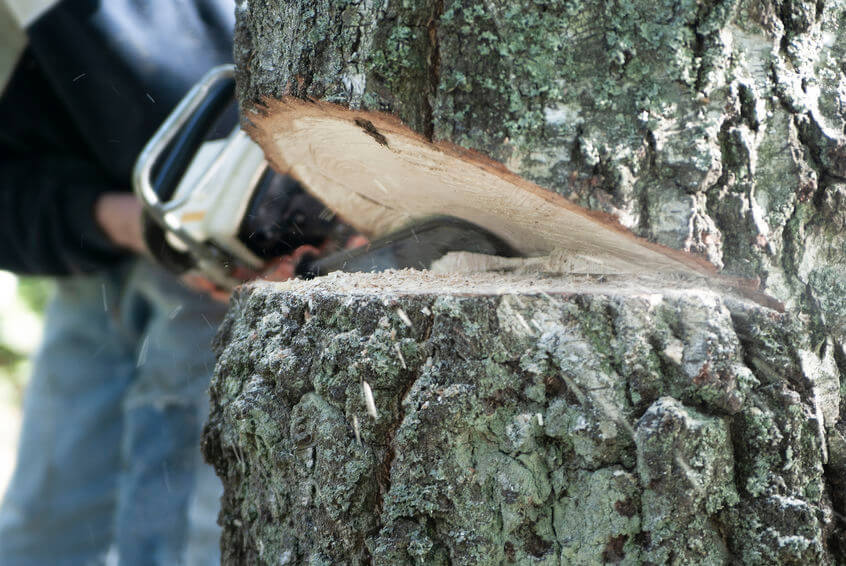The Art of Arbor: Embracing Tree Felling Services
In a world where trees stand tall as silent guardians of nature's beauty and vitality, the practice of tree felling emerges as both a necessity and an art form. Trees have long provided us with shelter, sustenance, and spiritual significance, but there are times when their presence must give way to progress or safety concerns. This is where tree felling services come into play, offering expertise, precision, and care in the removal of trees for various purposes.
The act of trees felling may seem straightforward on the surface, but it is a delicate procedure that requires knowledge, skill, and the right tools. Whether it's clearing a space for construction, managing tree health in an urban setting, or addressing risks posed by dead or diseased trees, tree felling services play a crucial role in maintaining the balance between nature and human communities. By embracing the art of tree felling, we can ensure that our relationship with trees remains harmonious, sustainable, and respectful of the intricate ecosystems they support.
Benefits of Tree Felling Services
Trees are crucial to the environment, but there are situations where tree felling services can bring significant benefits. One important advantage is the prevention of potential hazards. Trees that are diseased, damaged, or leaning dangerously can pose risks to people and property. By responsibly felling these trees, the likelihood of accidents and injuries can be greatly reduced.

In addition to safety concerns, tree felling services can also promote healthier tree growth. Removing overcrowded or weak trees allows space and resources for the remaining trees to thrive. This selective approach to tree felling can enhance the overall health and vitality of the tree population in a particular area.
Furthermore, tree felling services can assist in land management and development projects. Whether clearing land for construction purposes or creating space for new vegetation to be planted, professional tree felling services play a crucial role in shaping landscapes and optimizing land use.
Safety Measures in Tree Felling
One important safety measure in tree felling is wearing appropriate protective gear to protect oneself from any potential hazards. This includes wearing a hard hat to protect the head from falling branches or debris, goggles to shield the eyes from sawdust, ear protection to minimize noise, and sturdy gloves to provide a better grip on tools and protect hands from sharp edges.
Another crucial safety consideration is assessing the surrounding area before starting the tree felling process. It's essential to identify any obstacles, such as power lines or nearby structures, that could interfere with the tree removal. Clearing the area of bystanders and securing a safe perimeter can also prevent accidents and ensure a smooth operation.
Proper training and experience are key components of executing tree felling safely. Hiring qualified professionals or undergoing training oneself can significantly reduce the risks associated with tree removal. Understanding the proper techniques, equipment operation, and emergency procedures can help minimize accidents and ensure a successful tree felling process.
Environmental Impact of Tree Felling
When considering the environmental impact of tree felling, it is crucial to acknowledge the significant disruption it can cause to ecosystems. Trees play a vital role in maintaining biodiversity by providing habitats for various species of plants and animals. Their removal can result in the displacement or loss of these organisms, leading to a disruption in the delicate balance of the ecosystem.
In addition to the immediate impact on local wildlife, tree felling also contributes to climate change. Trees absorb carbon dioxide from the atmosphere and store it in their biomass. When trees are cut down and removed, this stored carbon is released back into the air, contributing to the greenhouse effect. https://www.spez-ag.ch/leistungen/baume/ exacerbates global warming and its associated environmental consequences.
Furthermore, the act of tree felling can lead to soil erosion and degradation. Trees help to anchor soil in place with their roots, preventing erosion caused by wind and water. Without trees, soil can become more vulnerable to erosion, leading to a loss of fertile land and increased sediment runoff into nearby waterways. This can have detrimental effects on water quality and the overall health of aquatic ecosystems.